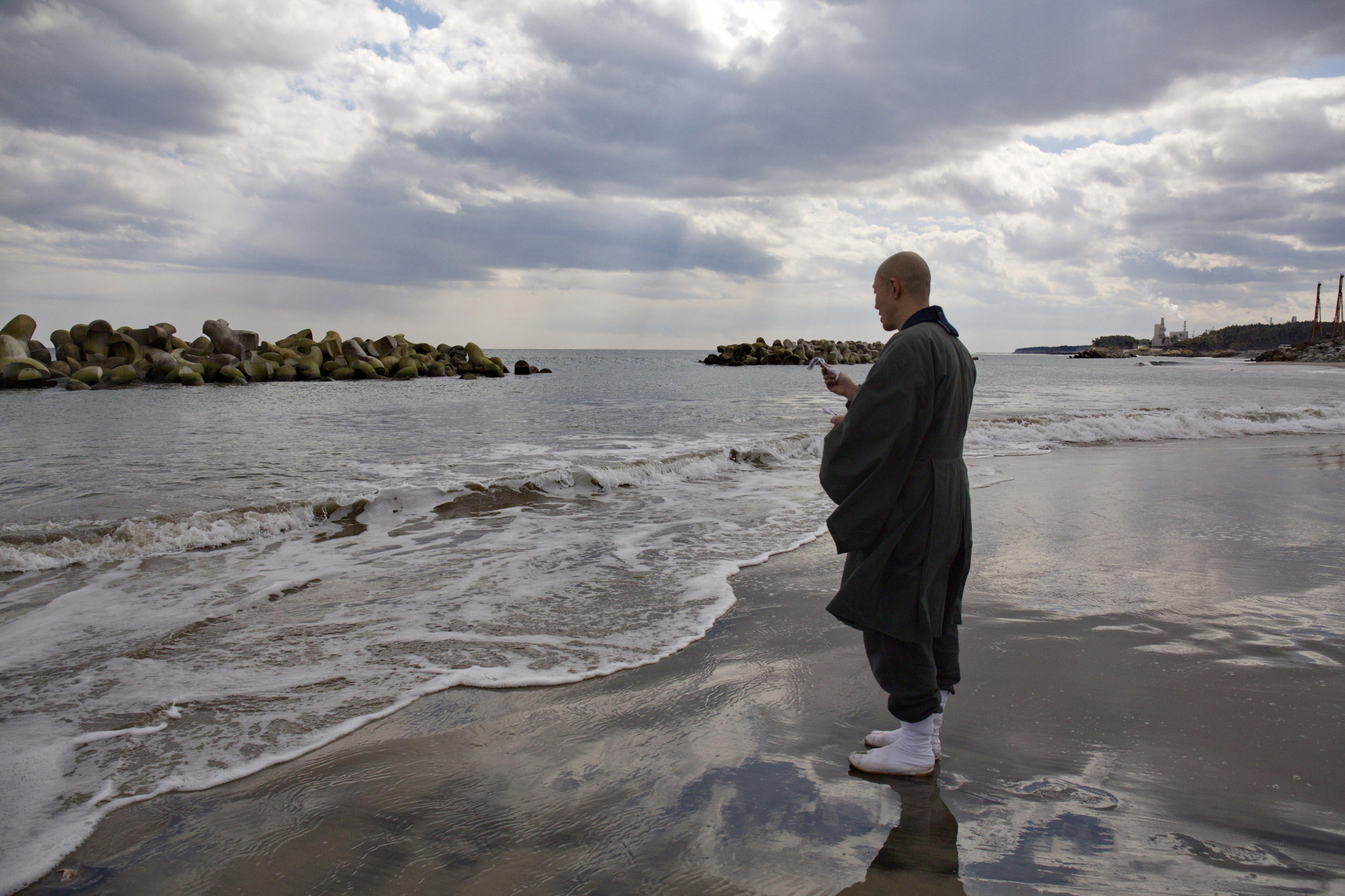There are fewer and fewer headlines these days about the catastrophe resulting from the triple core meltdown in March 2011 at Tepco's Fukushima No. 1 nuclear power plant. But participants at a recent symposium stressed that the disaster's lingering effects continue to weigh heavily on people and municipalities in Fukushima Prefecture.
"In the post-disaster reconstruction, Miyagi Prefecture had to start from zero," said former Fukushima University President Toshio Konno, who is from Onagawa, Miyagi Prefecture, and lost five relatives in the town when it was hit by tsunami caused by the Great East Japan Earthquake. "But Fukushima Prefecture had to start from a negative point because of the additional impact of the nuclear calamity. It is really hard for Fukushima to reach the zero point."
During the symposium at Tokyo's Waseda University on Saturday, Konno — who served on a Fukushima Prefectural Government committee tasked with judging whether deaths in the years following the March 11, 2011, earthquake and tsunami were disaster-related — said that as of Sept. 30 last year, there were 3,647 such cases in Japan, of which Fukushima Prefecture accounted for 60 percent.



